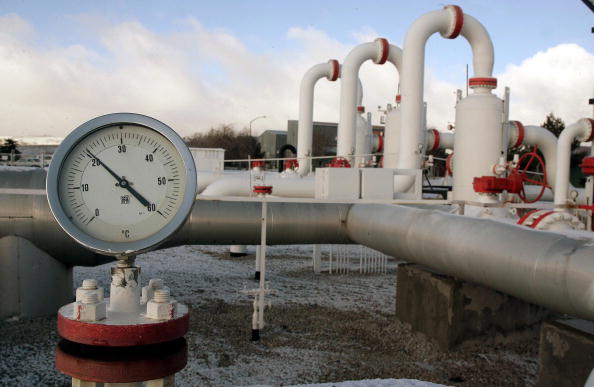
Baku, Azerbaijan, September 7
By Azer Ahmadbayli Trend:
Despite some skepticism of a number of politicians and experts regarding the construction of the Trans-Caspian gas pipeline (TCP) from Turkmenistan to Azerbaijan through the Caspian sea, the chances of the project’s implementation are now impartially much greater than before the signing of the agreement on the legal status of the Caspian sea in August.
If the pipeline is ever built and Turkmen gas reaches the Western shore of the Caspian Sea, what route and in what volumes will it be delivered to Europe?
One of the ways, let's call it classic, is through the 42-inch South Caucasus pipeline (SCP), which starts from the Caspian coast of Azerbaijan, passing through territories of Azerbaijan and Georgia to the Georgian-Turkish border.
The pipeline was built to transport commercial gas from the Stage 1 of the Azerbaijani offshore Shah Deniz field development to Georgia and Turkey.The annual transportation capacity of the pipeline is 7.4 billion cubic meters.
As part of the implementation of the South Gas Corridor (SGC) project and development of Stage 2 of the Shah Deniz field, the SCP Expansion project has been completed.
It implied the construction of a new 48-inch pipeline looping SCP at Azerbaijani and Georgian territories as well as the construction of two new compressor stations in Georgia.
The new pipeline started operating on 30 June 2018.
As a result of the expansion, SCP’s throughput capacity is expected to reach approximately 23.4 bcma, which would triple the current overall transportation capacity of the system, according to SGC's official web-site.
The pipeline has been linked to the Trans-Anatolian gas pipeline (TANAP) at the Georgian-Turkey border, thus enabling the transportation of natural gas further to Turkey and Europe.
Over the past five years, in the frame of the Stage 1 of the Shah Deniz field development, Azerbaijan annually exported to Turkey an average of about 6 billion cubic meters of gas.
Add another 16 bcma from Shah Deniz Stage 2, exported to Turkey (6bcm) and Europe (10bcm), to this volume, plus a small amount to Georgia and you get just the same figure of 23.4 bcma, i.e. there is no spare capacity at the moment.
The official website of SGC also indicates that SCP’s capacity may be further expanded to 31 bcma, depending on demand.
The TANAP capacity is also expected to expand to 31 bcma upon construction of the required additional compressor stations. If so, this will mean that about 7-8 bcm of Turkmen gas can be exported annually through SGC at the initial stage.
It should be noted, however, that exploration and development of other Azerbaijani offshore gas fields Absheron, Shafag-Asiman, ACG deep-lying gas and some other perspective structures is in progress, and Azerbaijan itself will most likely need additional transportation capacity in a few years.
No later than yesterday, following talks in Zagreb with Croatian President Kolinda Grabar-Kitarovic, Azerbaijani President Ilham Aliyev actually confirmed this, saying that Azerbaijan will take additional steps to increase gas production and to expand the geography of exports.
Therefore, those who will take on the task of delivering Turkmen gas to Europe will either have to expand capacity of the SGC elements to 60 bcm at the next stages, as it had been mentioned by various sources, or build a new, completely independent line, or use a combination of both.
Another option for the delivery of Turkmen gas to the European market could be the AGRI (Azerbaijan-Georgia-Romania Interconnector) project.
So far, the Black sea remains an untapped territory for LNG supplies. None of the Black sea littoral countries has an infrastructure that would provide the entire supply chain. Transportation of LNG from Qatar or Algeria to the region does not seem reasonable due to the congestion of the Turkish Straits.
The AGRI project could be a pioneer in the region's LNG trade.
The project involves transportation of Azerbaijani (and in theory Turkmen) natural gas to the Black sea coast of Georgia (presumably the port of Kulevi), where a liquefaction plant will be built.
Further, the LNG will be transported by carriers to the Romanian port of Constanta for re-gasification and then will be delivered to consumers in Romania and Hungary (Interconnector Arad-Szeged), and probably further to a number of Balkan countries.
The capacity of the project can vary from 2 to 8 bcm per year. Depending on this, its cost ranges from 1.2 billion to 4.5 billion euros.
It is clear that the matter is not just limited with the construction of the Trans-Caspian pipeline, and is much more complex than one could suppose, requiring heavy expenses and responsible decision making.
Follow Trend on Telegram. Only most interesting and important news
